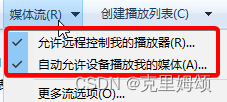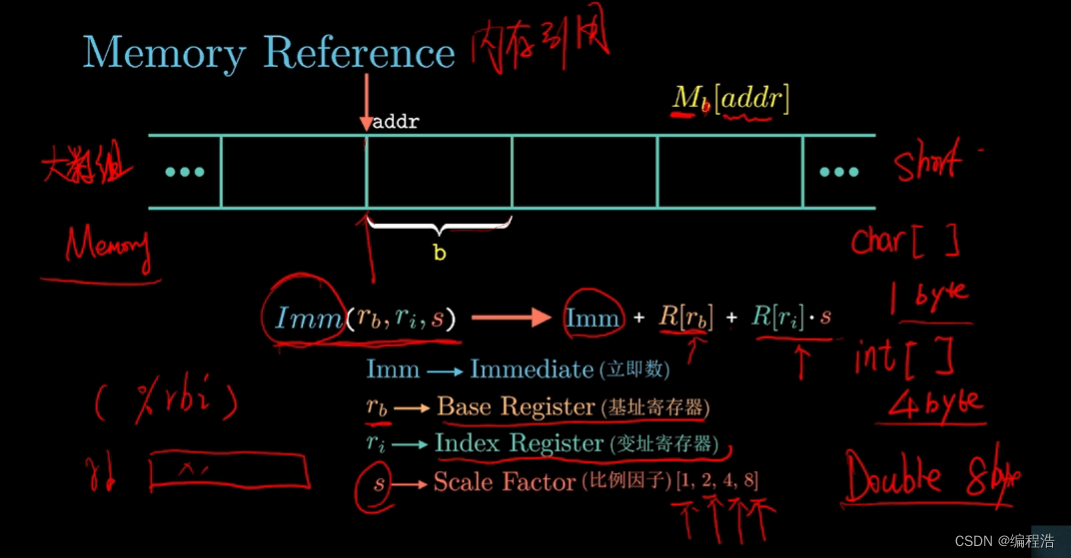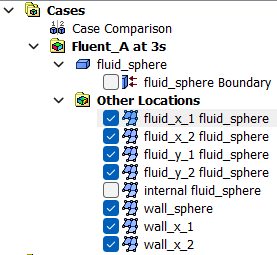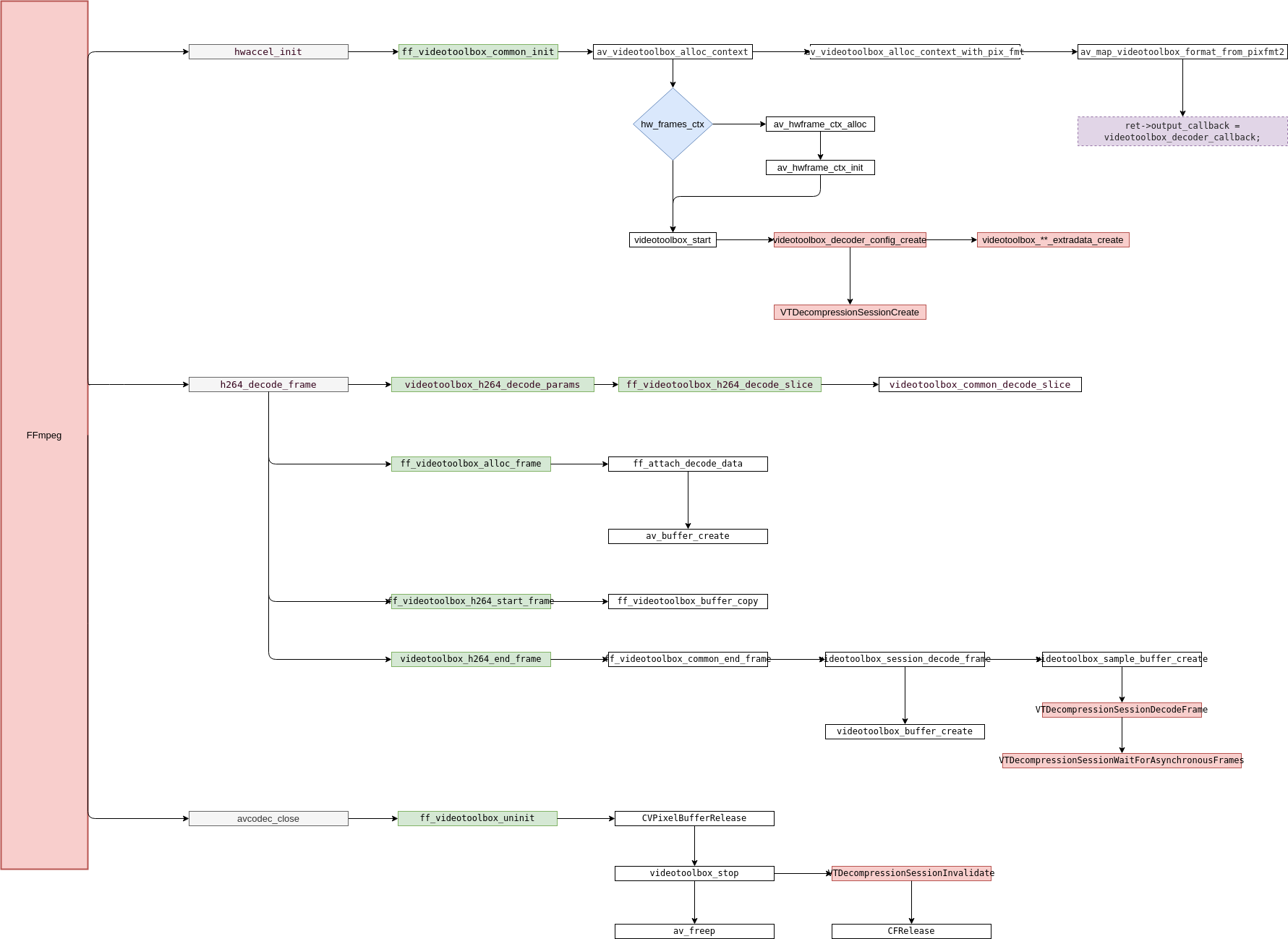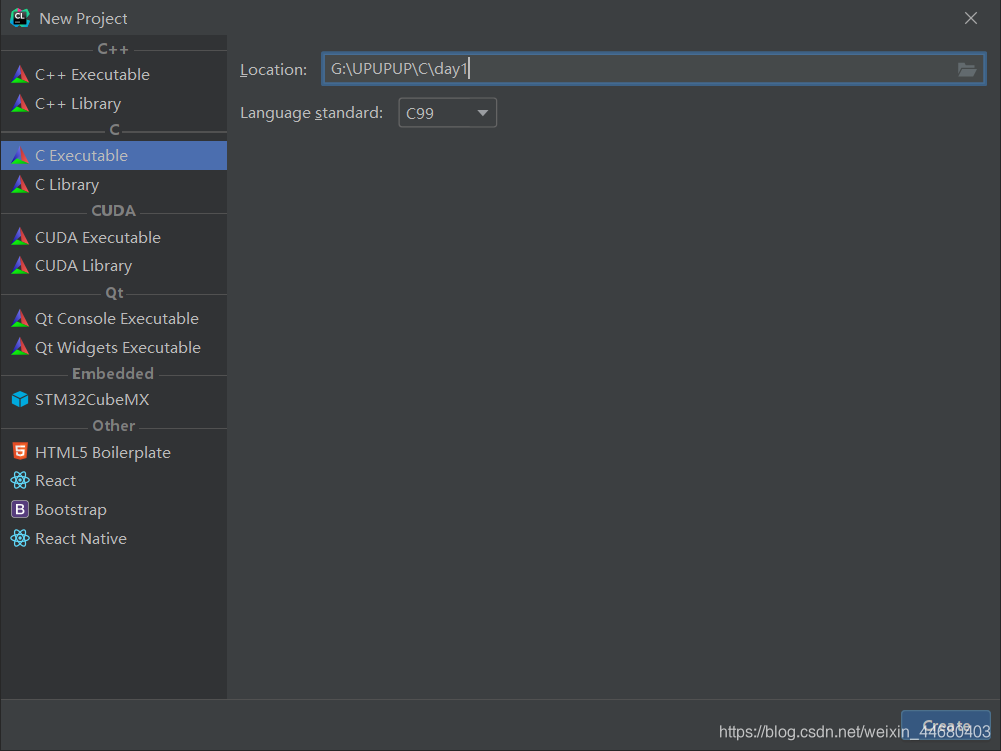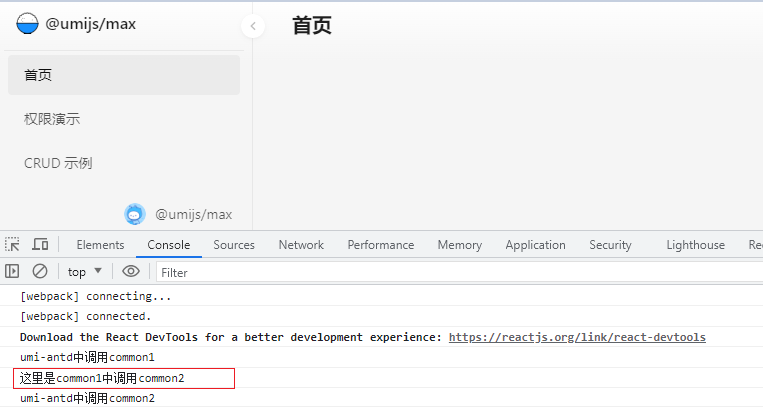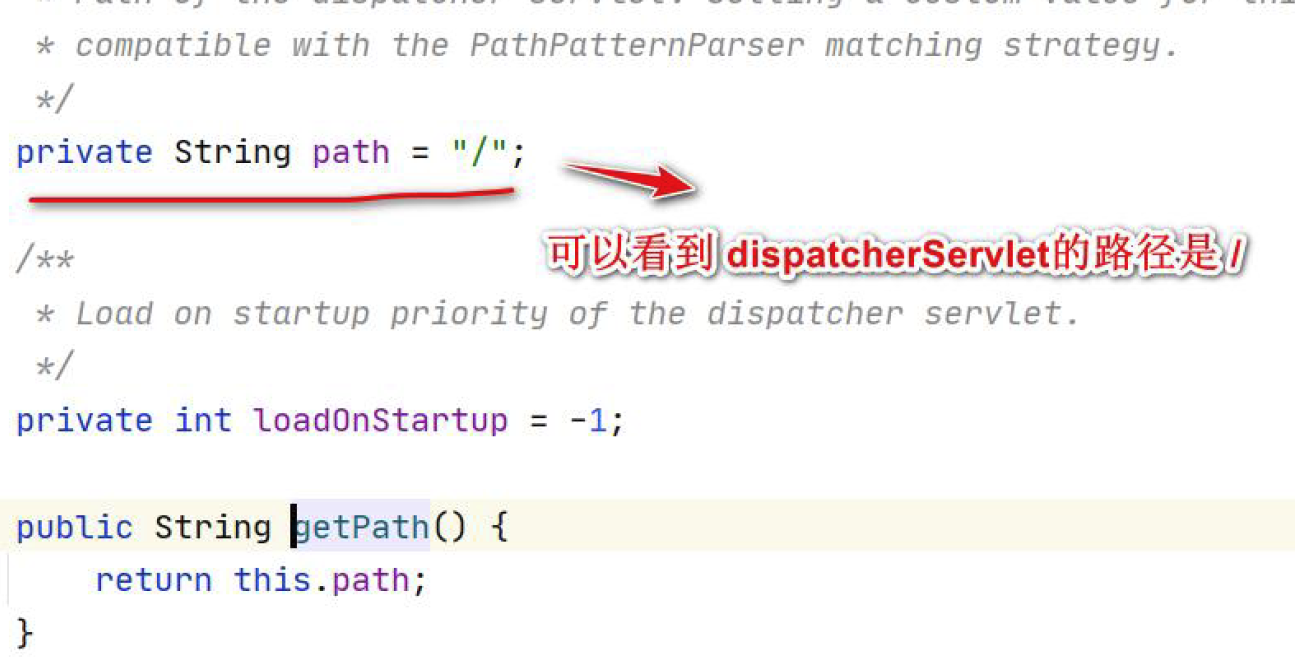C++11并发与多线程笔记(11) std::atomic续谈、std::async深入谈
- 1、std::atomic续谈
- 2、std::async深入理解
- 2.1 std::async参数详述
- 2.2 std::async和std::thread()区别:
- 2.3 async不确定性问题的解决
1、std::atomic续谈
#include <iostream>
#include <thread>
#include <atomic>
using namespace std;
std::atomic<int> g_count = 0; //封装了一个类型为int的 对象(值)
void mythread1() {
for (int i = 0; i < 1000000; i++) {
//虽然g_count使用了原子操作模板,但是这种写法既读又写,
//会导致计数错误
g_count = g_count + 1;
}
}
int main() {
std::thread t1(mythread1);
std::thread t2(mythread1);
t1.join();
t2.join();
cout << "正常情况下结果应该是200 0000次,实际是" << g_count << endl;
}

注意:一般atomic原子操作,针对++,–,+=,-=,&=,|=,^=是支持的,其他操作不一定支持。
2、std::async深入理解
2.1 std::async参数详述
async 用来创建一个异步任务,其中延迟调用参数 std::launch::deferred【延迟调用】,std::launch::async【强制创建一个线程】
std::async()我们一般不叫创建线程(它能够创建线程),我们一般叫它创建一个异步任务。
std::async和std::thread最明显的不同,就是 async 有时候并不创建新线程,在主线程中执行。
-
如果用std::launch::deferred 来调用async?
延迟到调用 get() 或者 wait() 时执行,如果不调用get() 或者 wait() 就不会执行。 -
如果用std::launch::async来调用async?
强制这个异步任务在新线程上执行,这意味着,系统必须要创建出新线程来运行线程入口函数。 -
如果同时用 std::launch::async | std::launch::deferred
这里这个 | 意味着async的行为可能是 std::launch::async 创建新线程立即执行,也可能是 std::launch::deferred 没有创建新线程并且延迟到调用get()执行,由系统根据实际情况来决定采取哪种方案。 -
不带额外参数 std::async(mythread),只给async 一个入口函数名,此时的系统给的默认值是 std::launch::async | std::launch::deferred 和 第3条 一样,有系统自行决定异步还是同步运行。
2.2 std::async和std::thread()区别:
std::thread():如果系统资源紧张可能出现创建线程失败的情况,如果创建线程失败那么程序就可能崩溃,而且不容易拿到函数返回值(不是拿不到,可能需要全局变量)
std::async():创建异步任务。可能创建线程也可能不创建线程,并且容易拿到线程入口函数的返回值;
由于系统资源限制:
-
如果用std::thread创建的线程太多,则可能创建失败,系统报告异常,崩溃。
-
如果用std::async,一般就不会报异常,因为如果系统资源紧张,无法创建新线程的时候,async不加额外参数的调用方式就不会创建新线程。而是在后续谁调用get()请求结果时执行在这个调用get()的线程上。
如果你强制async一定要创建新线程就要使用 std::launch::async 标记。承受的代价是,系统资源紧张时可能崩溃。 -
根据经验,一个程序中线程数量 不宜超过100~200 。
2.3 async不确定性问题的解决
不加额外参数的async调用时让系统自行决定 ,是否创建新线程。
一般来说:async不带参数时,编译器会根据线程资源剩余多少来决定是否创建新线程。
std::future result = std::async(mythread);
问题焦点在于这个写法,任务到底有没有被推迟执行。
用通过wait_for返回状态来判断:
std::future_status status = result.wait_for(std::chrono::seconds(0));
//std::future_status status = result.wait_for(0s);
if (status == std::future_status::timeout) {
//超时:表示线程还没有执行完
cout << "超时了,线程还没有执行完" << endl;
}
else if (status == std::future_status::ready) {
//表示线程成功放回
cout << "线程执行成功,返回" << endl;
cout << result.get() << endl;
}
else if (status == std::future_status::deferred) {
//这种是延迟调用,没有开启新线程
cout << "线程延迟执行" << endl;
cout << result.get() << endl;//主线程中调用mythread()
}
可以这样写:
std::future_status status = result.wait_for(std::chrono::seconds(0));
//std::future_status status = result.wait_for(0s);
if (status == std::future_status::deferred) {
//这种是延迟调用,没有创建新线程
cout << "线程延迟执行" << endl;
cout << result.get() << endl;//主线程中调用mythread()
}else{
//创建了新线程
if (status == std::future_status::timeout) {
//超时:表示线程还没有执行完
cout << "超时了,线程还没有执行完" << endl;
cout << result.get() << endl;//超时,来等待
}else if (status == std::future_status::ready) {
//表示线程成功放回
cout << "线程执行成功,返回" << endl;
cout << result.get() << endl;
}
}

